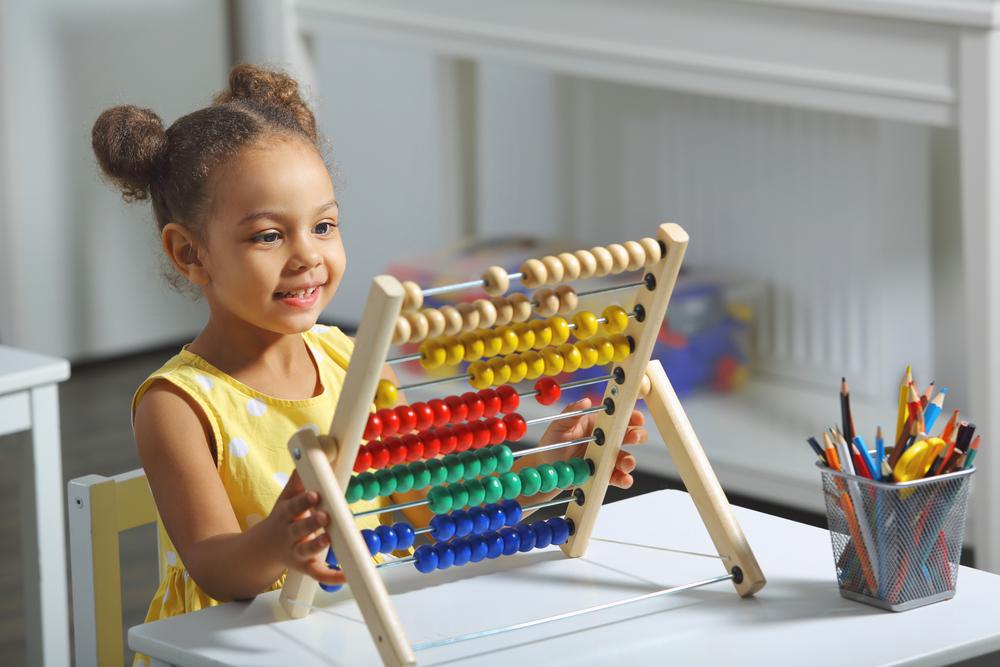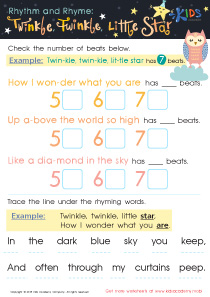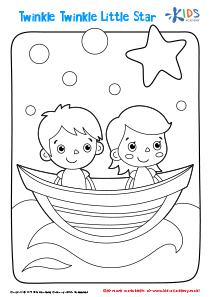Normal Nursery Rhymes Worksheets for Ages 3-8
3 filtered results
-
From - To
Discover our engaging Normal Nursery Rhymes Worksheets designed for children ages 3-8! Ideal for early learners, these worksheets promote essential skills such as reading, writing, and listening while incorporating beloved nursery rhymes. Each activity is crafted to enhance creativity and encourage language development, making learning enjoyable and effective. From matching rhymes to coloring activities, our diverse collection keeps young minds engaged and excited. Teachers and parents can easily incorporate these worksheets into their lesson plans or home study routines. Explore the magic of nursery rhymes and help your child develop a love for language with our fun and educational resources!


Twinkle Twinkle Little Star Coloring Page
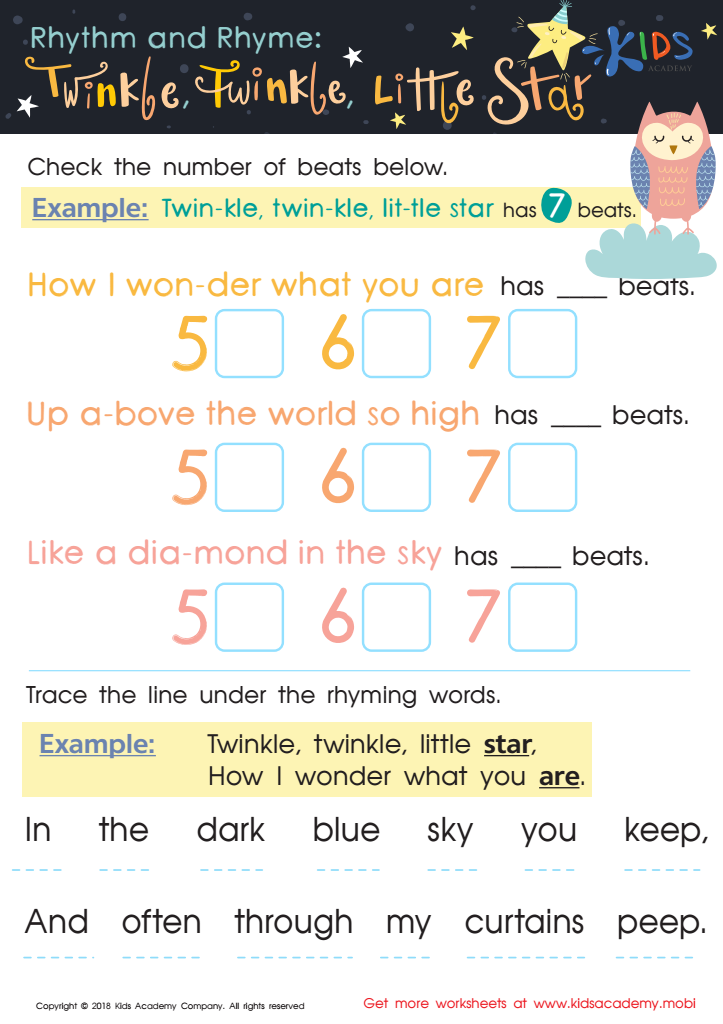

Rhythm and Rhyme: Twinkle, Twinkle, Little Star Worksheet
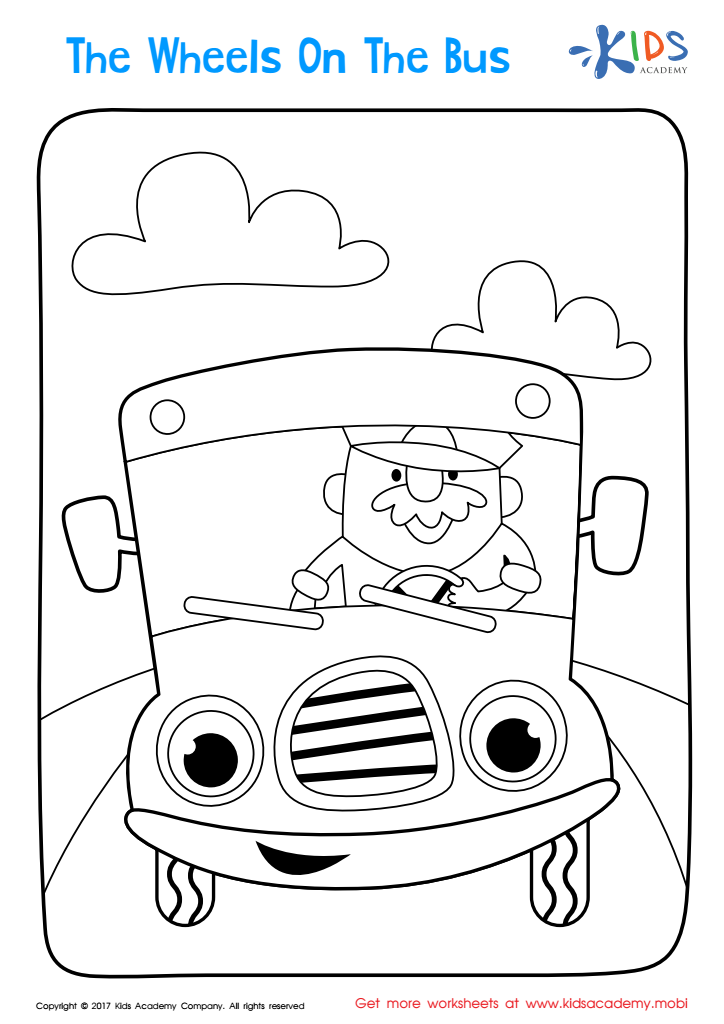

The Wheels on the Bus Coloring Page
Nursery rhymes play a crucial role in the developmental journey of children aged 3 to 8, and both parents and teachers should prioritize their significance. Firstly, nursery rhymes enhance language development by introducing rhythm, rhyme, and new vocabulary. The repetitive and melodic nature of these verses helps children grasp phonetics, syllable recognition, and pronunciation, providing a strong foundation for reading skills.
Beyond language, nursery rhymes foster cognitive development. They stimulate memory through memorization and recall, encouraging critical thinking as children ponder the moral lessons often embedded in these verses. Moreover, engaging with nursery rhymes promotes social skills. Singing, clapping, and discussing rhymes in a group setting helps children learn cooperation and fosters a sense of community.
Additionally, nursery rhymes can also be a source of cultural education. They often carry historical context and themes that reflect diverse traditions and values. By sharing nursery rhymes, adults can instill a sense of identity and awareness of cultural heritage in children.
Ultimately, incorporating nursery rhymes into daily routines provides a multifaceted approach to learning that is both educational and enjoyable, creating lasting memories and love for language among the youngest learners. Parents and teachers should champion this timeless art form for the benefits it holds.
 Assign to My Students
Assign to My Students


